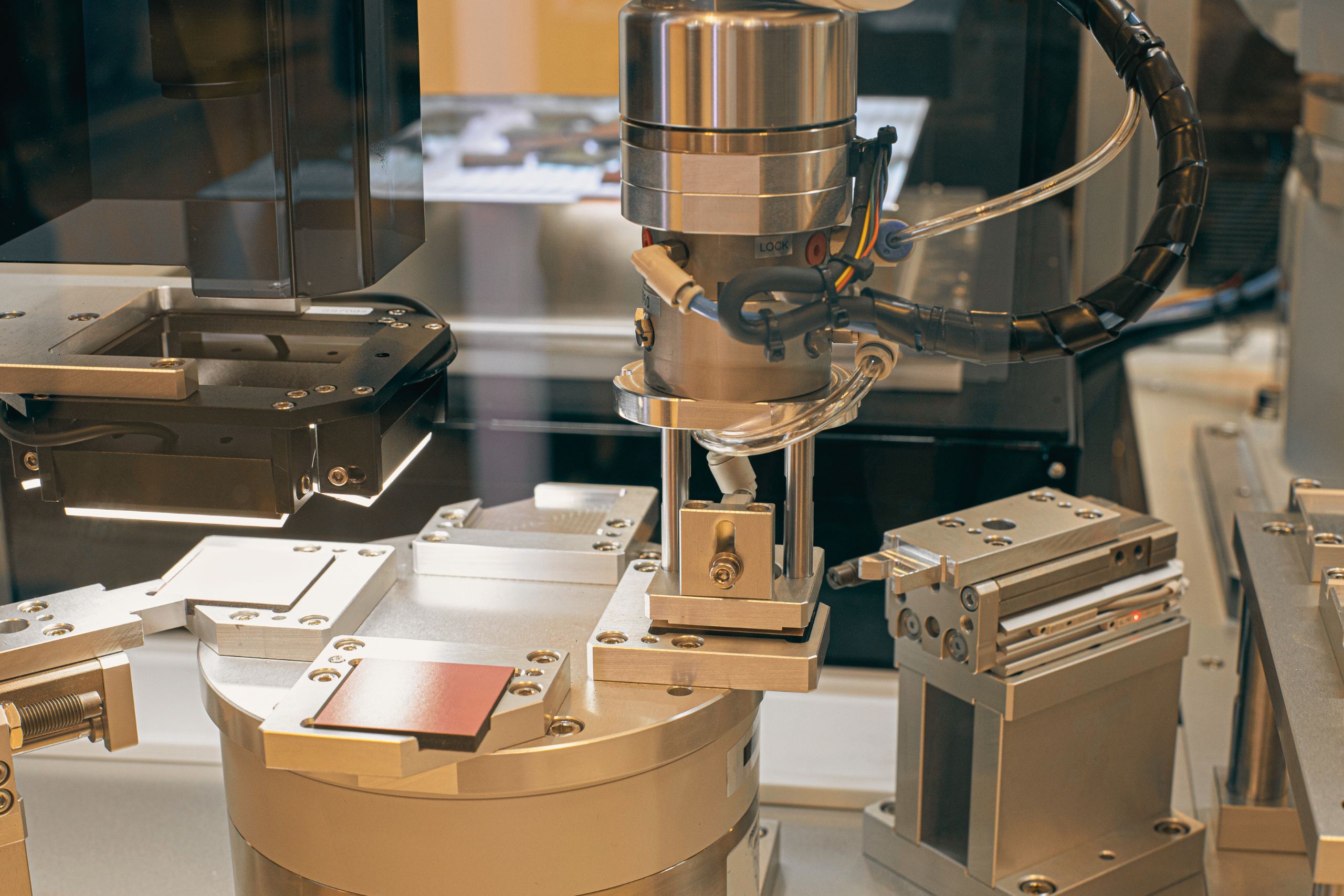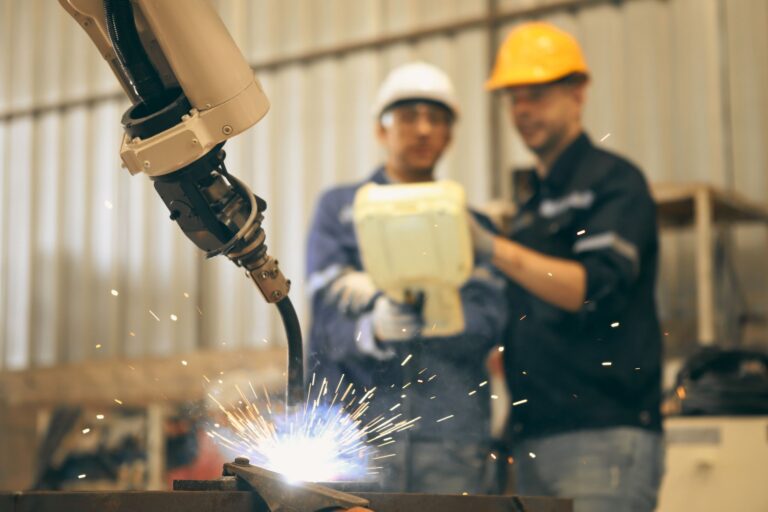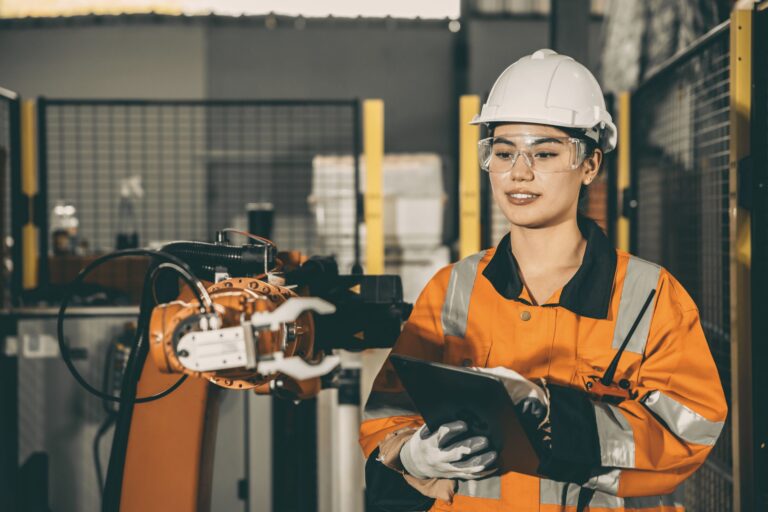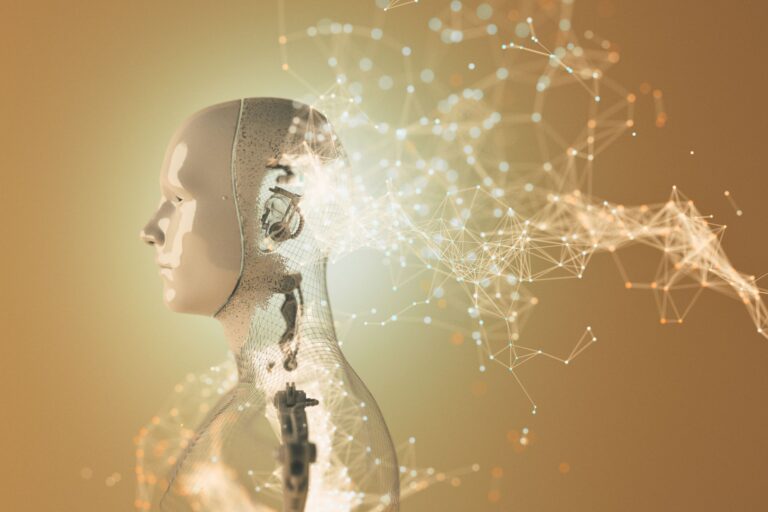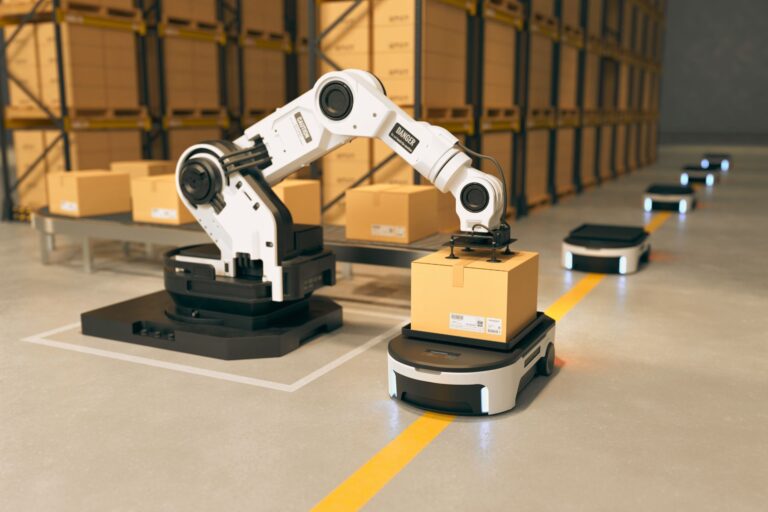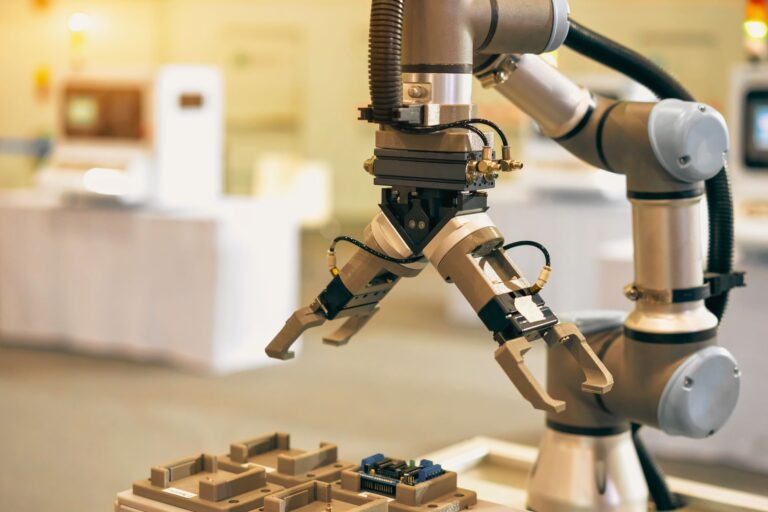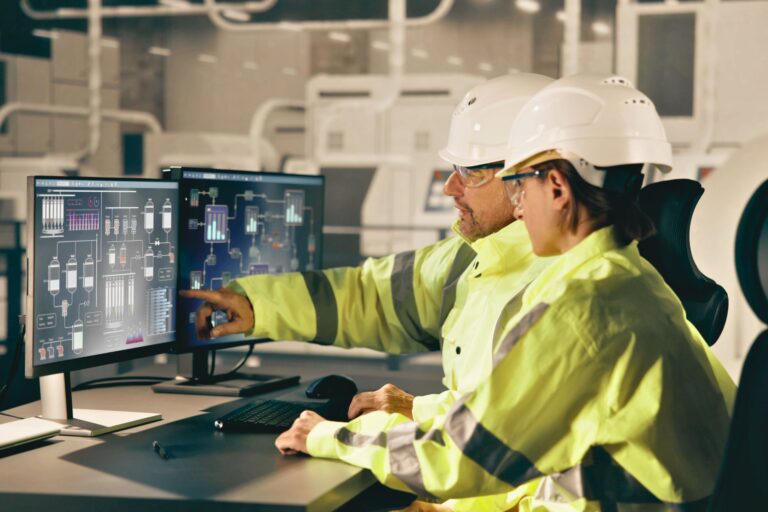Automated Robotic Inspection: How Does Technology Improve Quality Control?
With the development of industrial automation, robots are playing an increasingly important role in quality control. Automated inspection with robots improves accuracy, speeds up processes and reduces the likelihood of human error. The use of advanced sensors, artificial intelligence and machine vision is transforming traditional inspection methods and ensuring higher quality production.
How does automated inspection work?
Robotic inspection systems use a combination of cameras, sensors, and AI algorithms to analyze data. Key technologies include:
- Computer vision – High-resolution cameras and depth sensors analyze visual defects and discrepancies in products.
- Laser scanning – Laser sensors create accurate 3D models for dimensional measurement and defect detection.
- Ultrasonic and thermal inspection – Allow identification of internal imperfections and structural problems.
- Artificial Intelligence and Machine Learning – AI algorithms analyze the collected data and recognize patterns that may indicate defects or deviations from the standard.
Advantages of automated inspection with robots
- Higher accuracy – Robotic systems operate with minimal tolerances for error and provide detailed inspection of each product.
- Faster production processing – Automated checks reduce inspection time by eliminating the need for manual inspection.
- Optimization of production costs – The number of rejected products and the need for corrective actions is reduced.
- 24/7 monitoring – Robots can work continuously, without the need for breaks, which ensures constant quality control.
- Improved safety – Automation of inspection processes reduces the risk to workers who would otherwise be performing inspections in risky environments.
Applications of robotic inspection in industry
- Automotive industry – Used for inspecting parts, chassis and welds.
- Electronics – Inspecting printed circuit boards, semiconductors and electronic components for defects.
- Pharmaceuticals and food industry – Ensures quality control over packaging, contents and markings.
- Metalworking and mechanical engineering – Detection of cracks, irregularities and dimensional deviations in metal parts.
- Aerospace industry – Quality control of composite materials, structural components and engines.
The future of automated inspection
With advances in artificial intelligence and computer vision, automated inspection will become increasingly intelligent and efficient. It is expected that:
- Greater integration with IoT and cloud platforms – Inspection data will be analyzed in real time for faster corrective measures.
- More precise defect detection – Machine learning systems will improve their algorithms based on the data collected.
- More autonomy for inspection robots – Robots will be able to make decisions independently and adapt control processes to production needs.
How does Bullitt Engineering monitor these trends?
At Bullitt Engineering JSC, we monitor and analyze the latest technologies in automated inspection. We work on implementing intelligent quality control solutions that optimize production processes and increase efficiency.
Conclusion
Robotic inspection is revolutionizing quality control by providing precision, speed, and reliability. As technology advances, automated inspection systems will continue to improve, providing greater flexibility and efficiency in industrial production.

